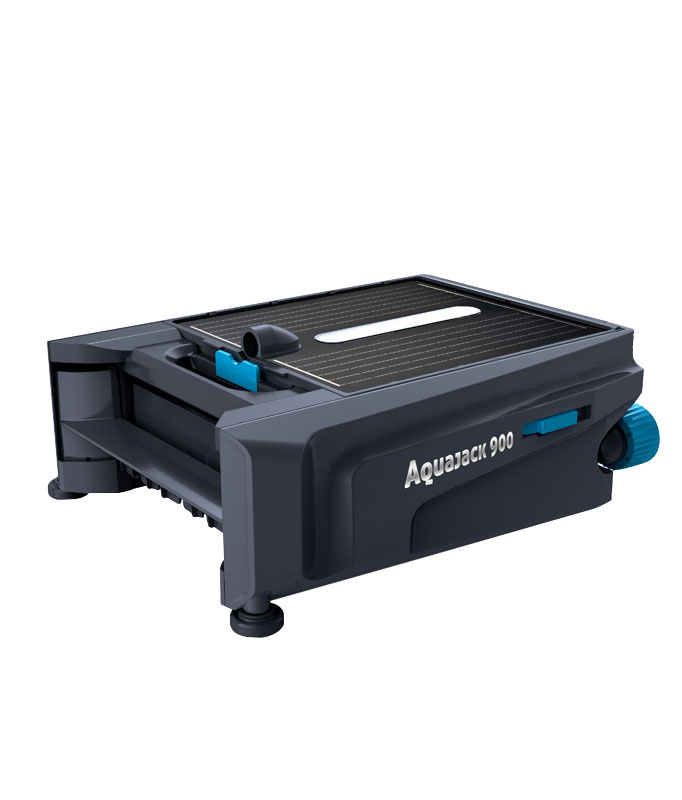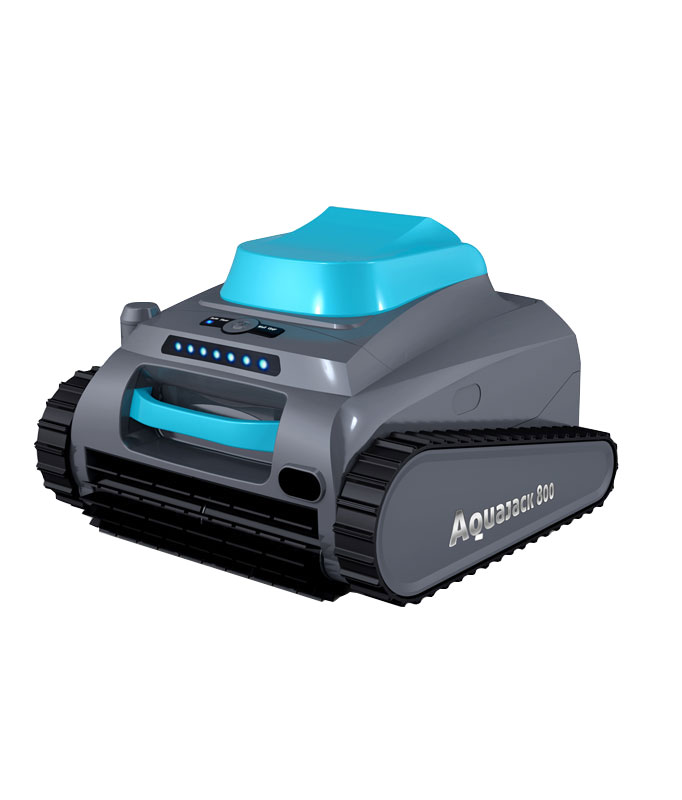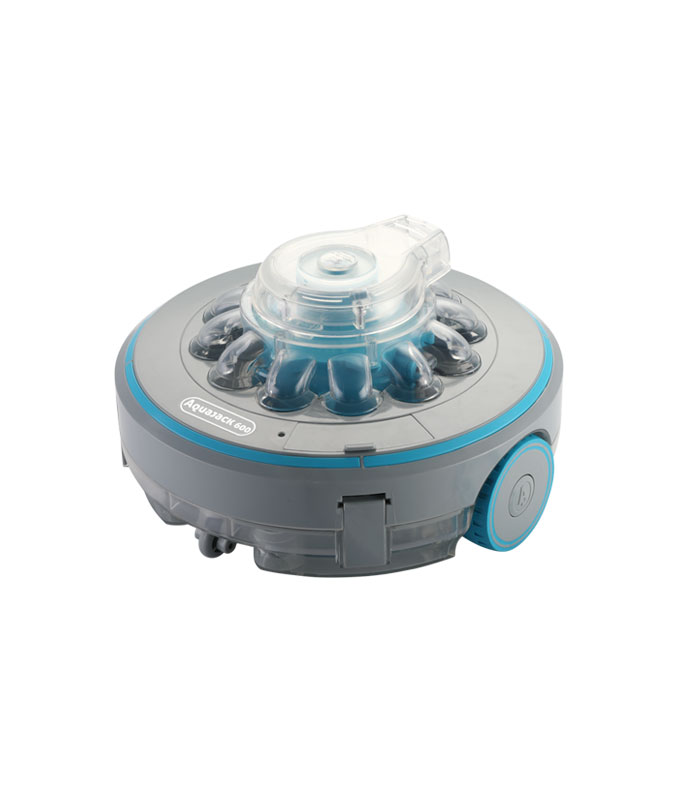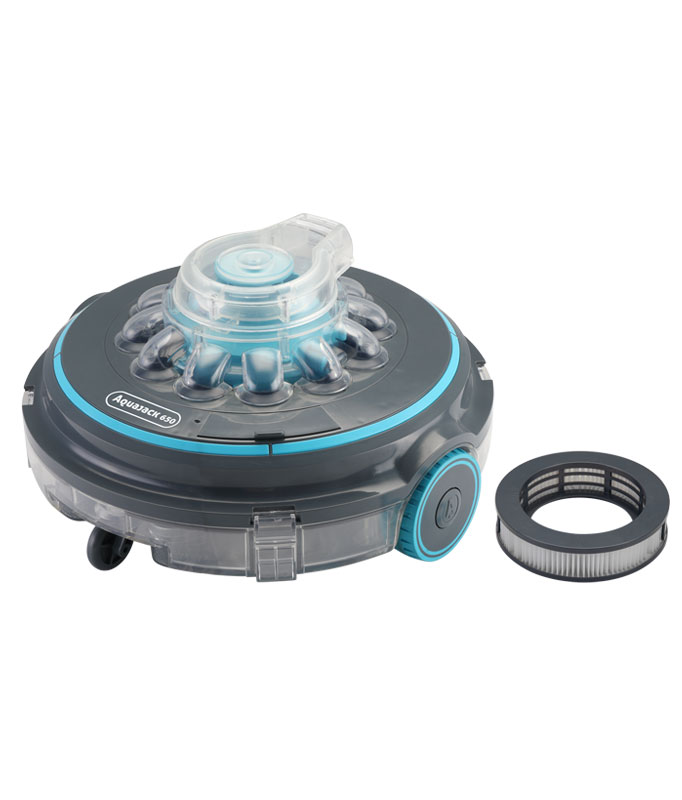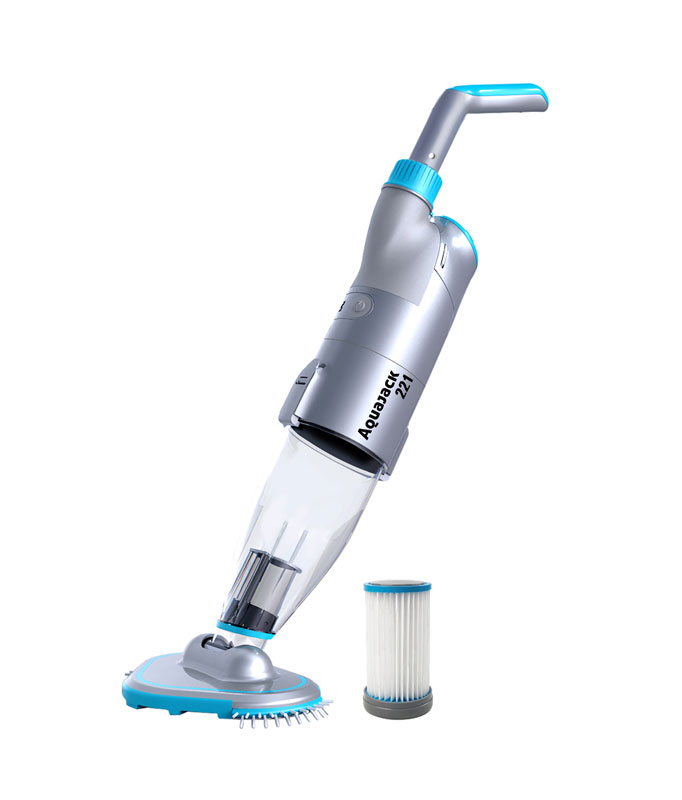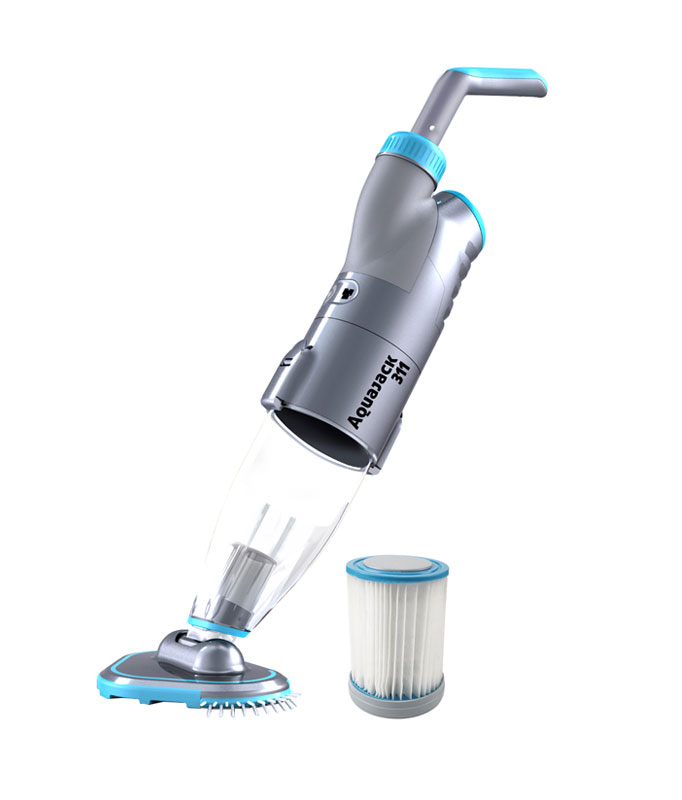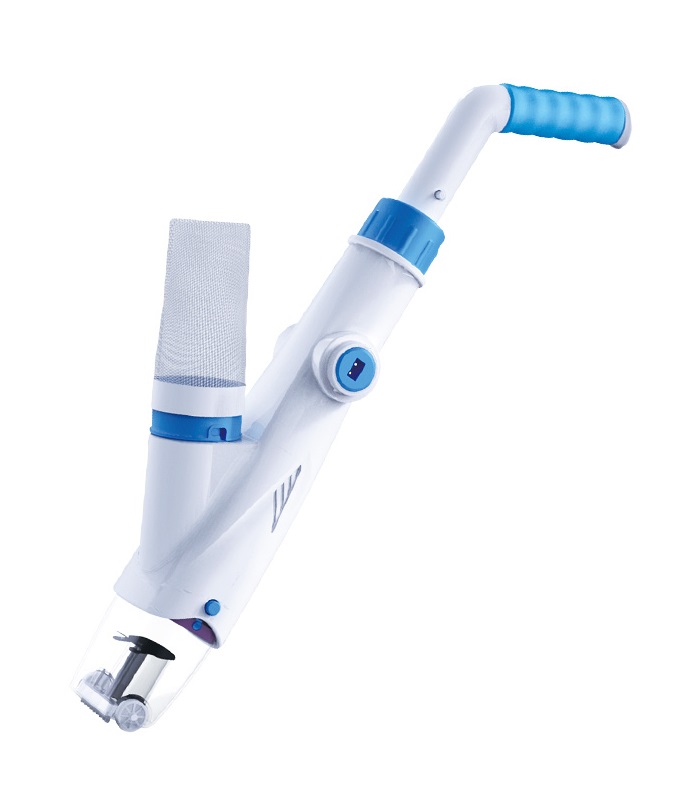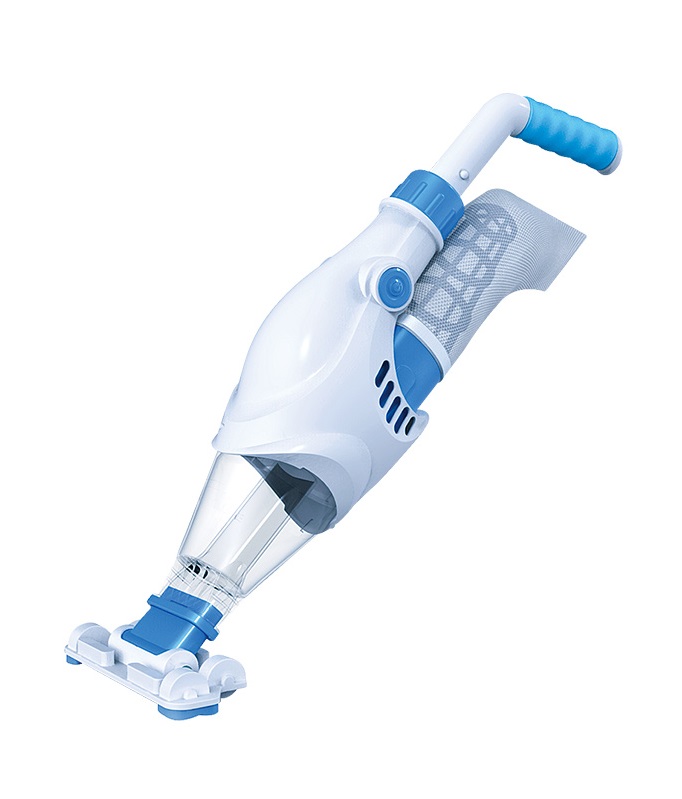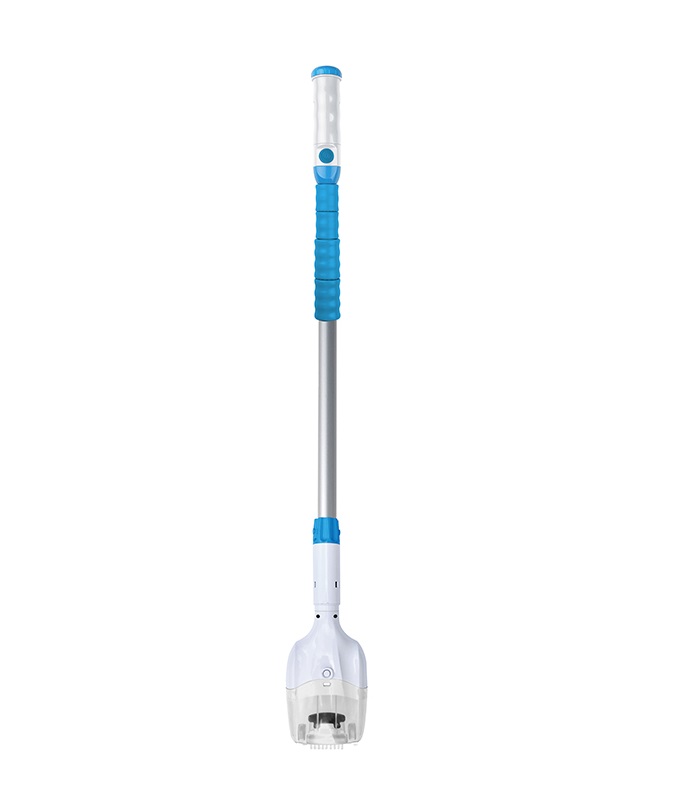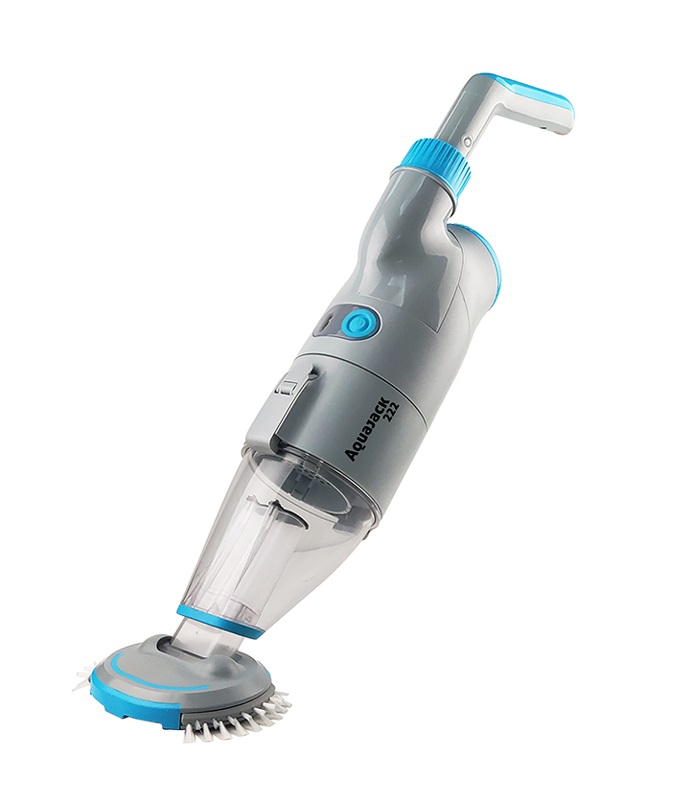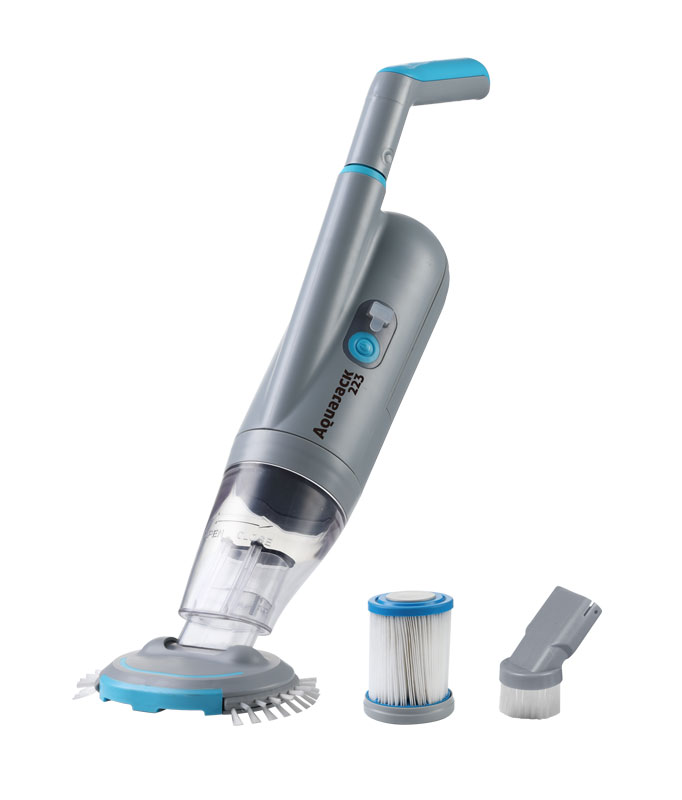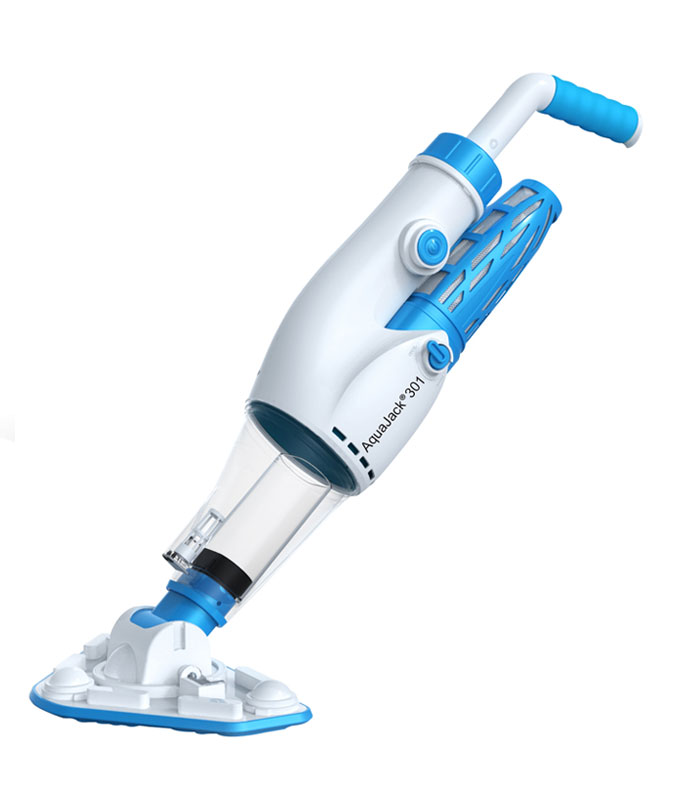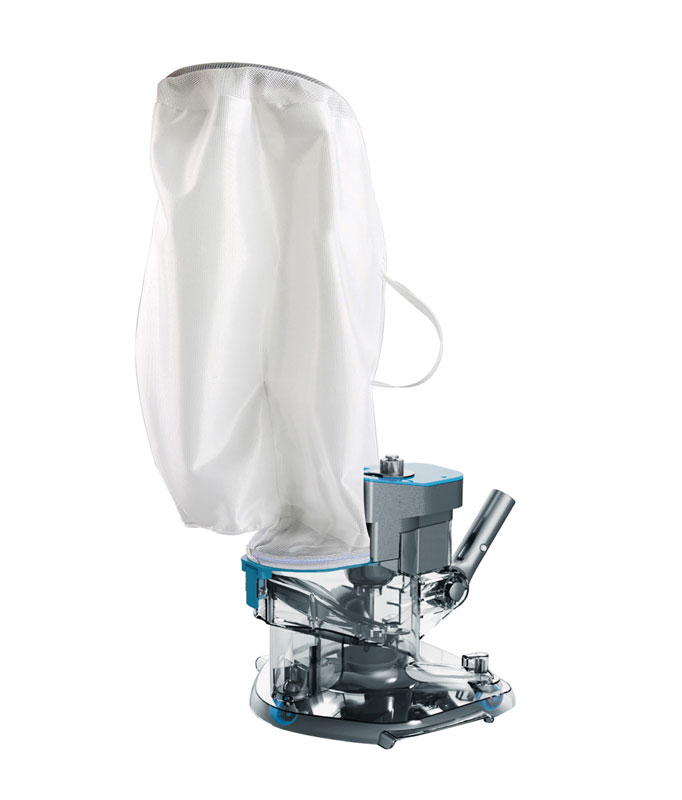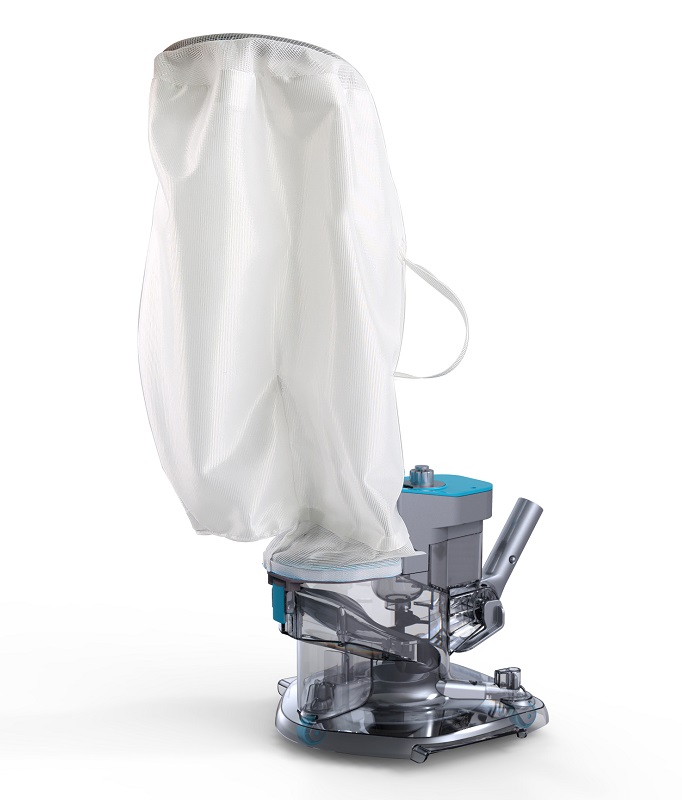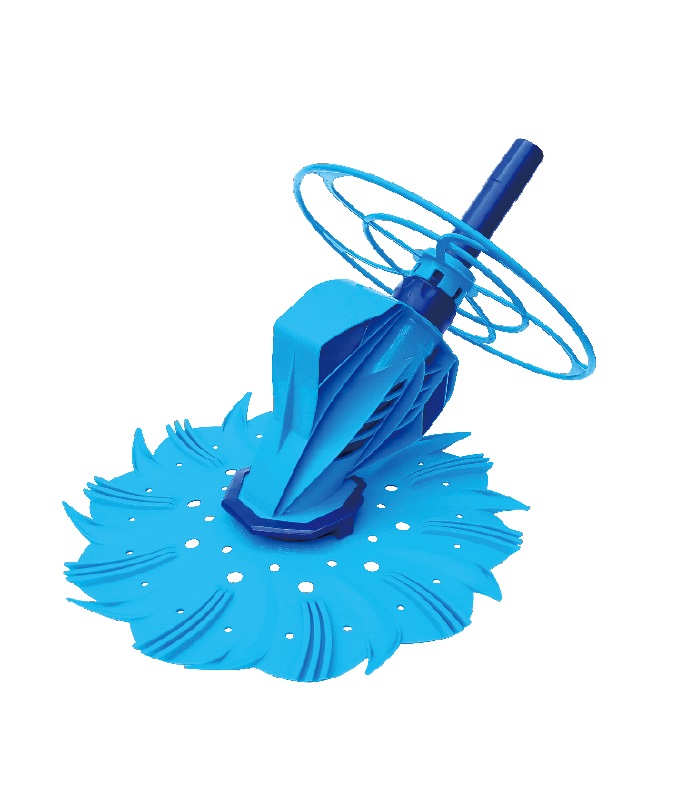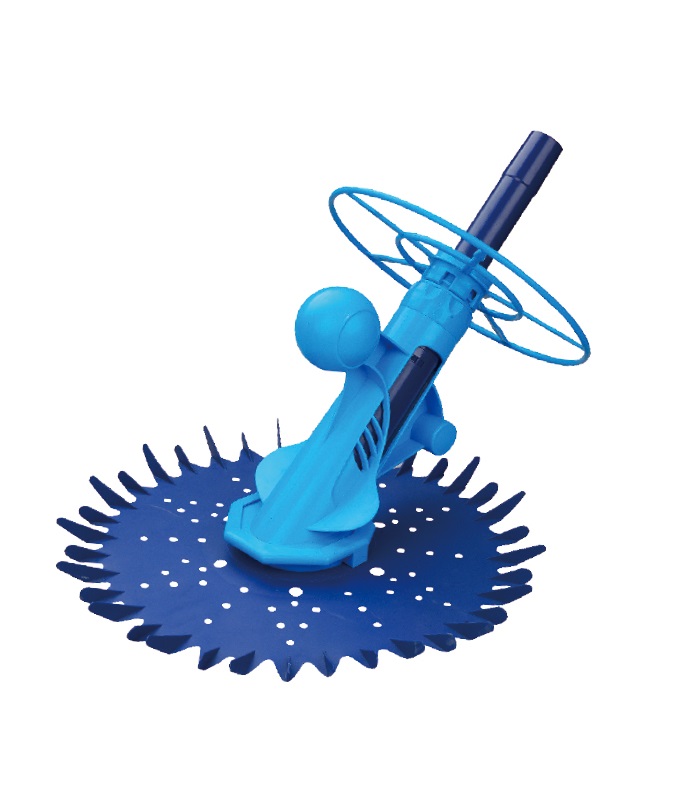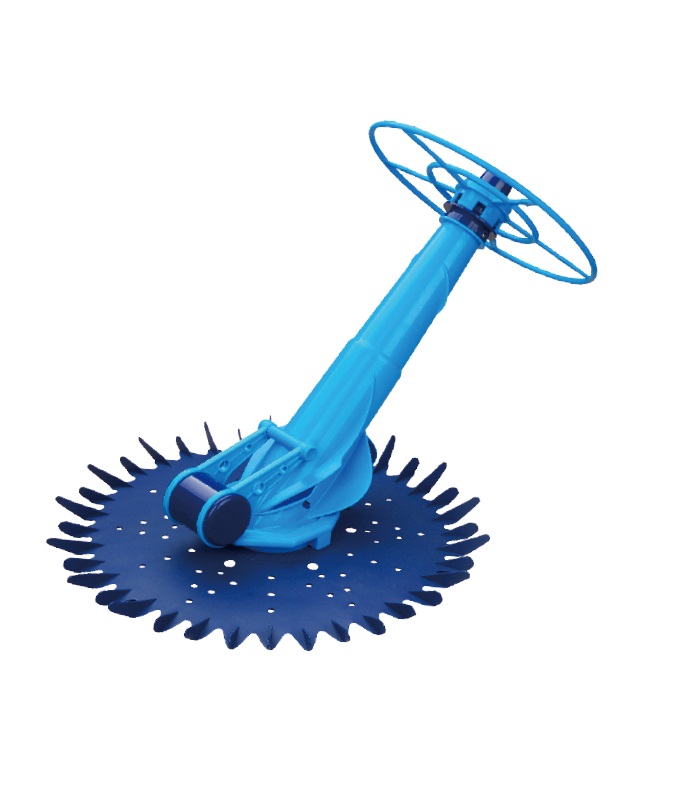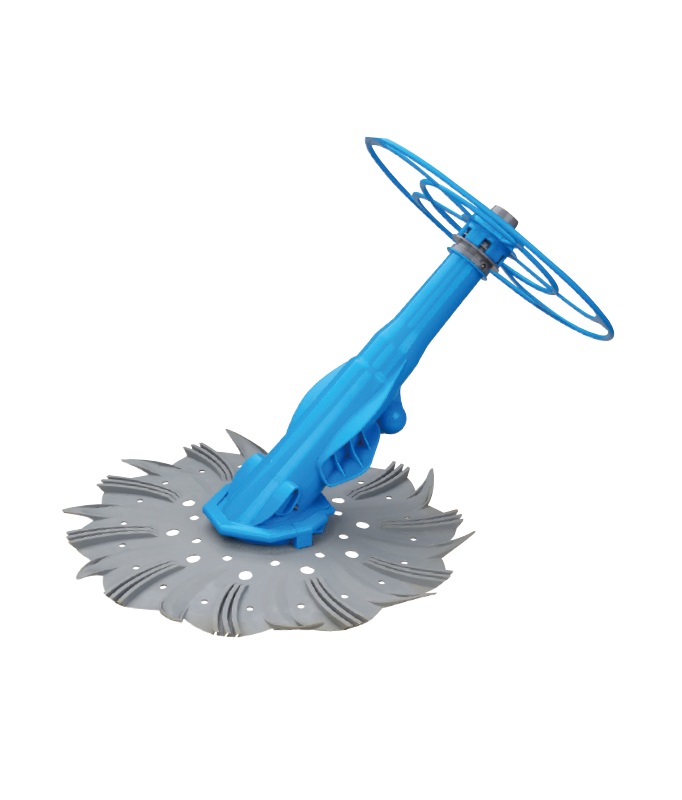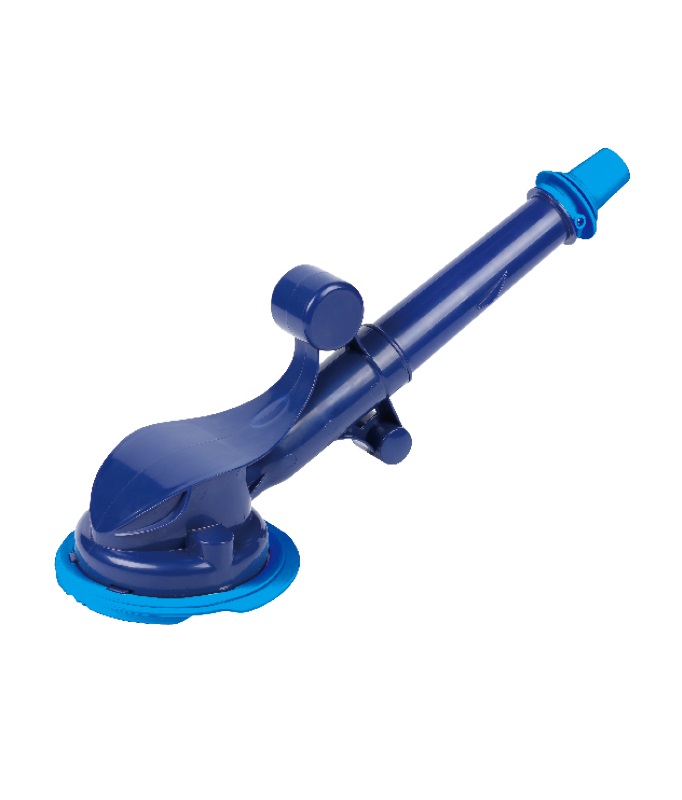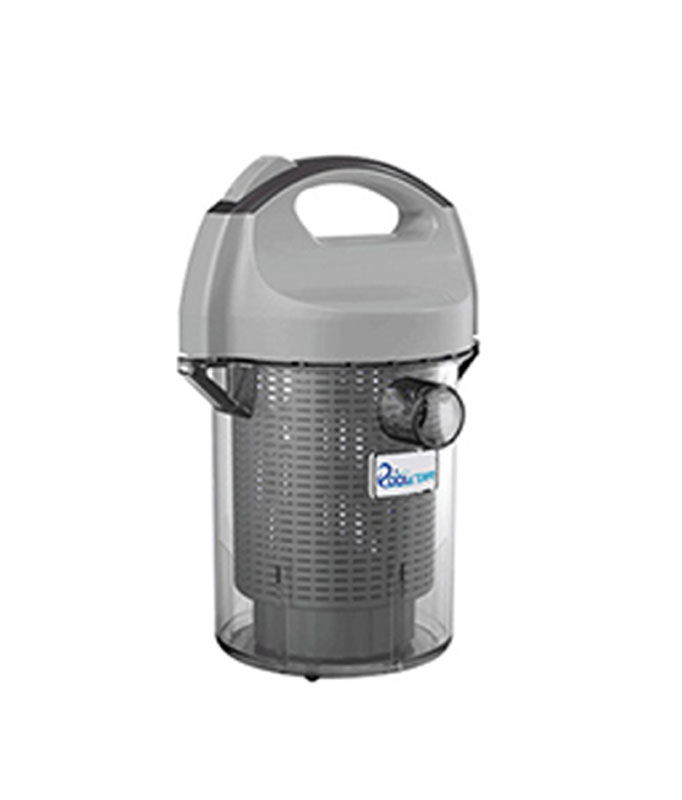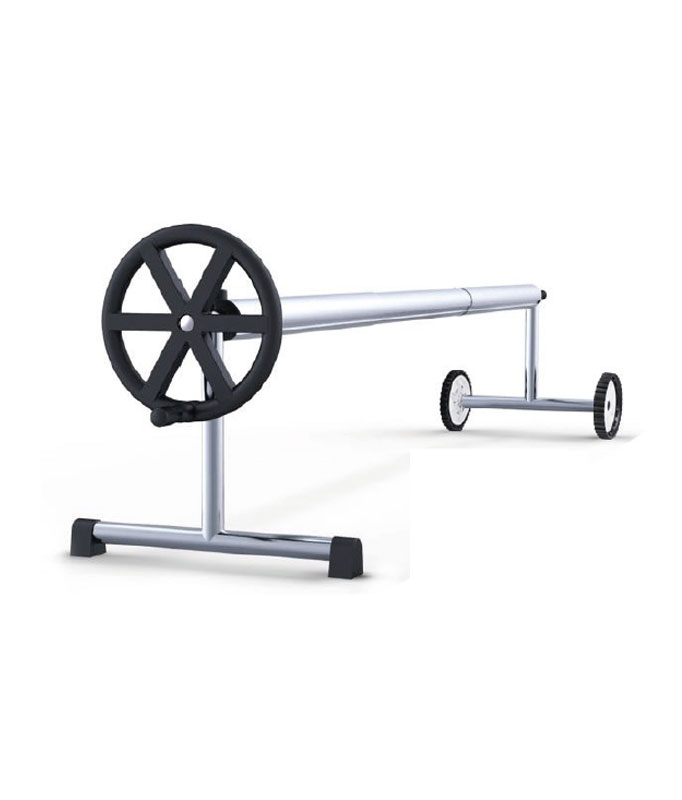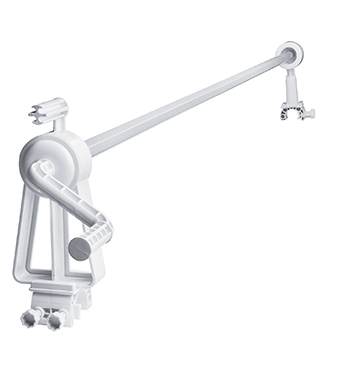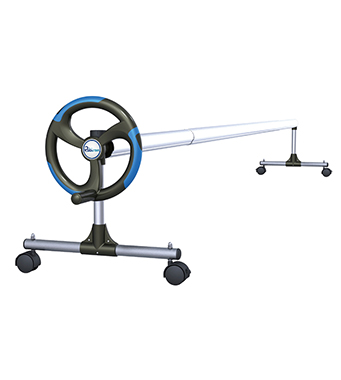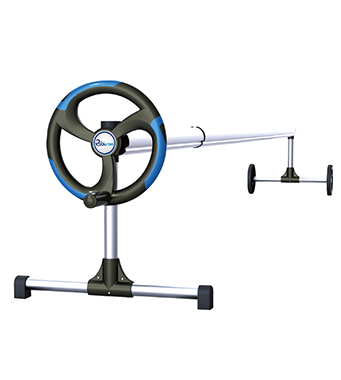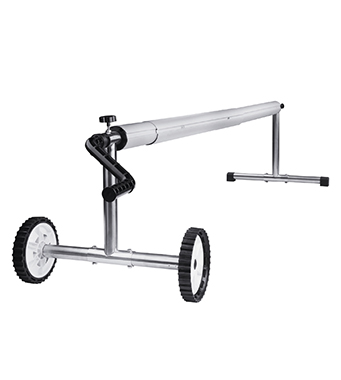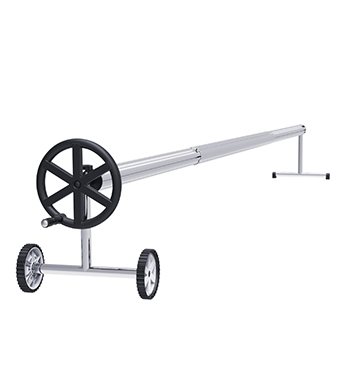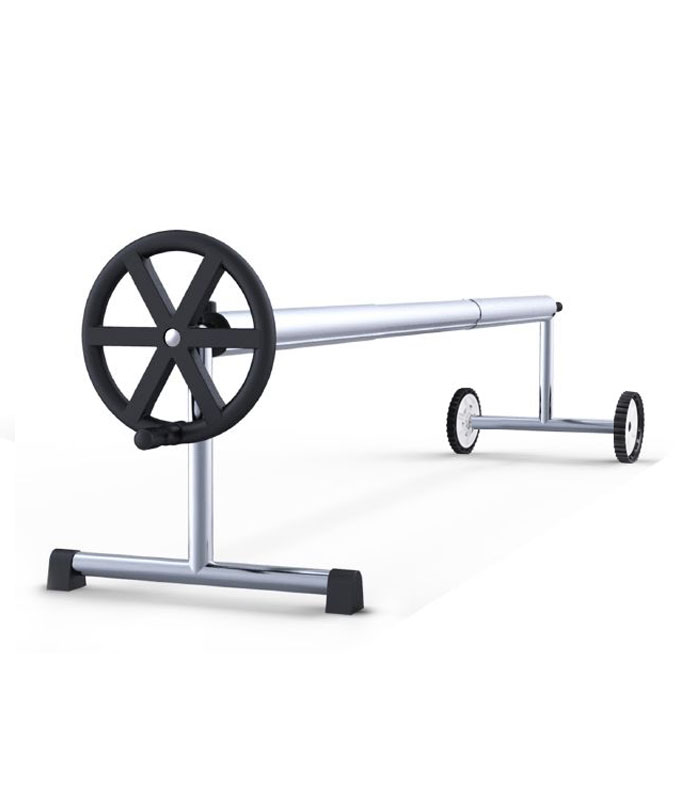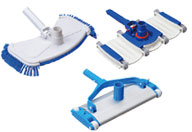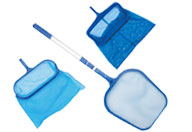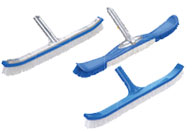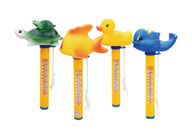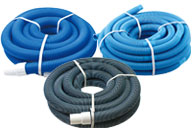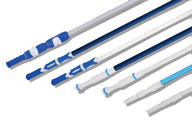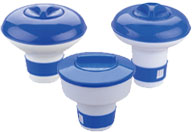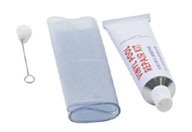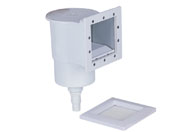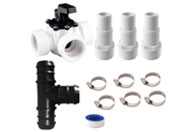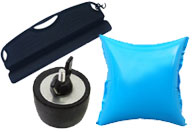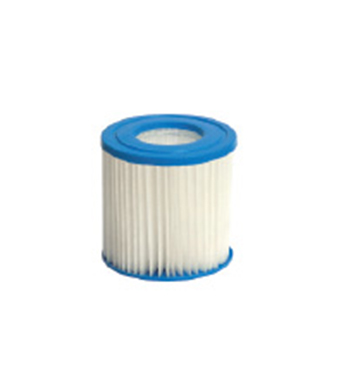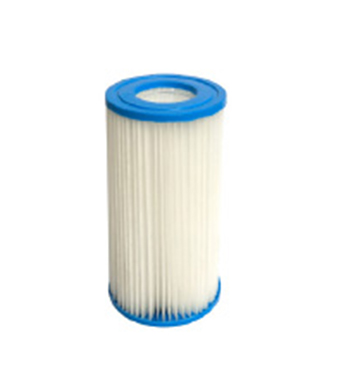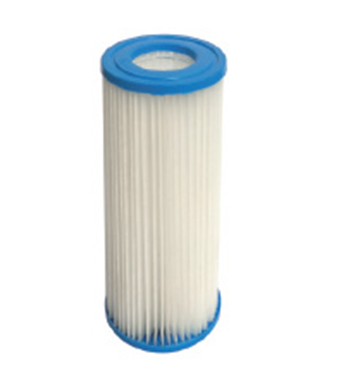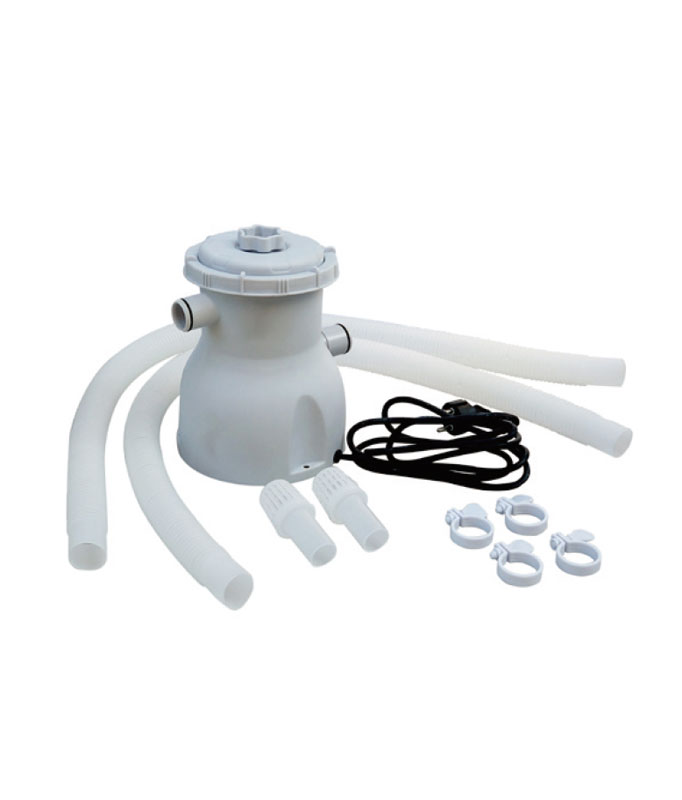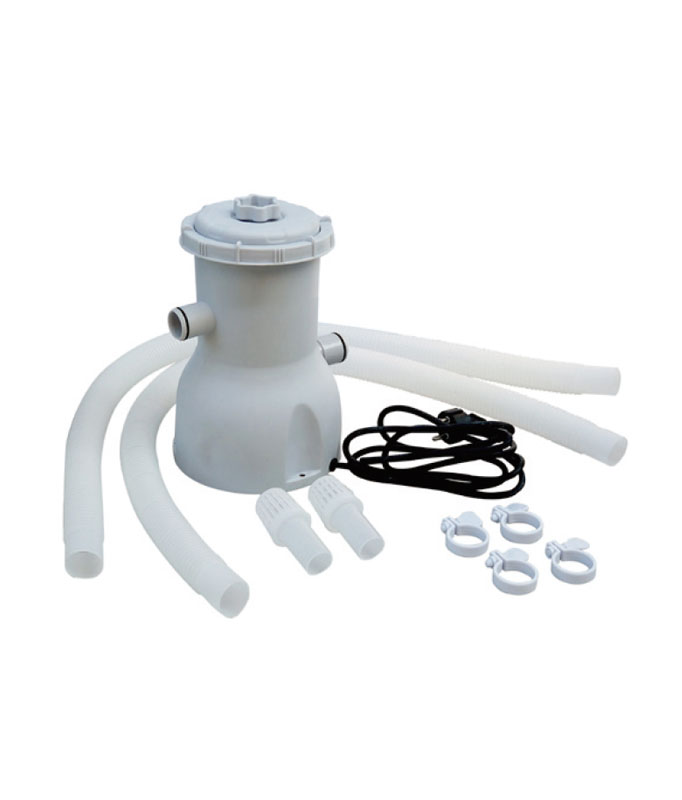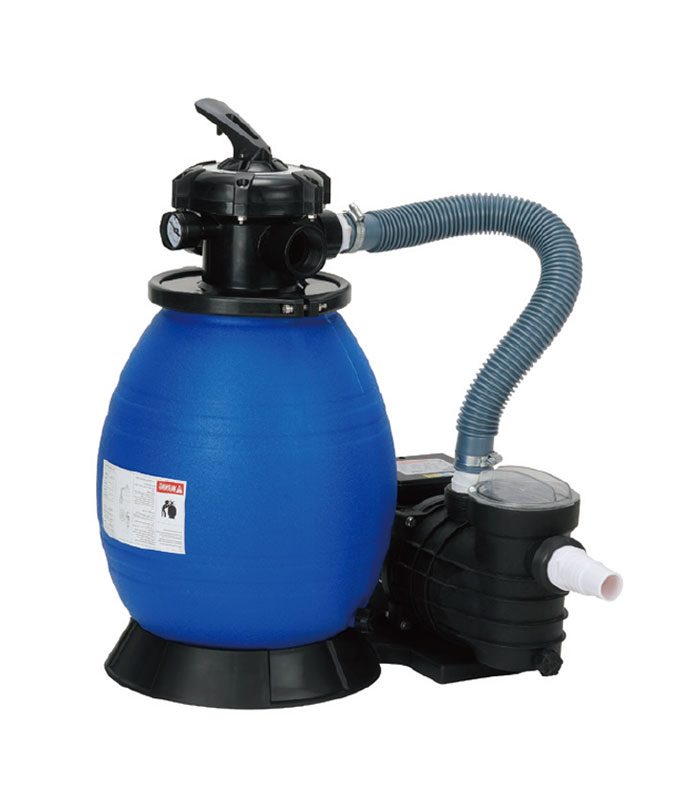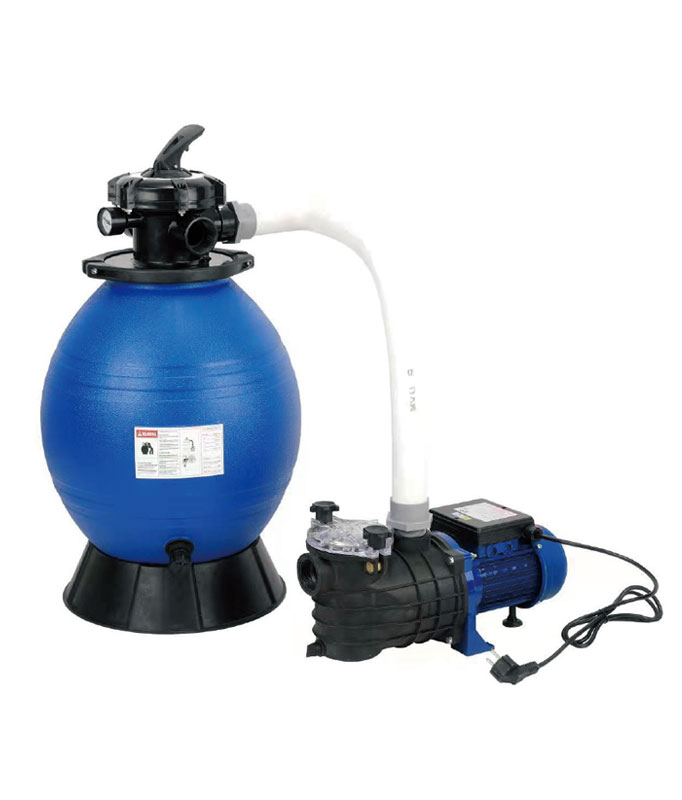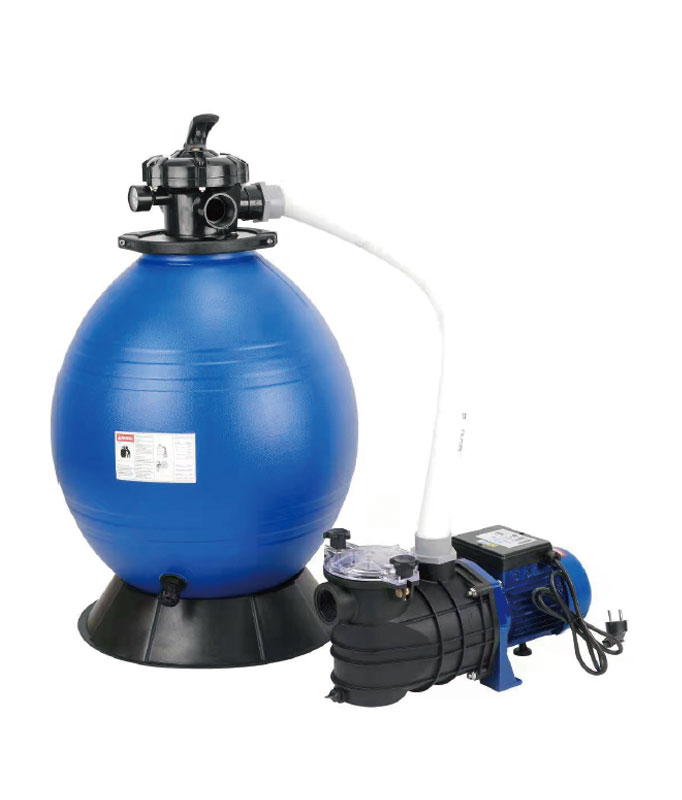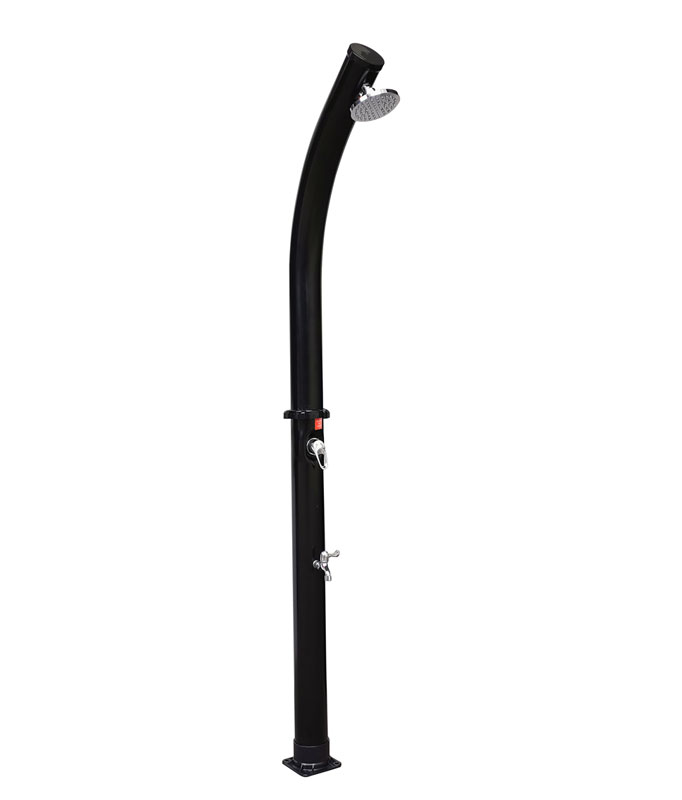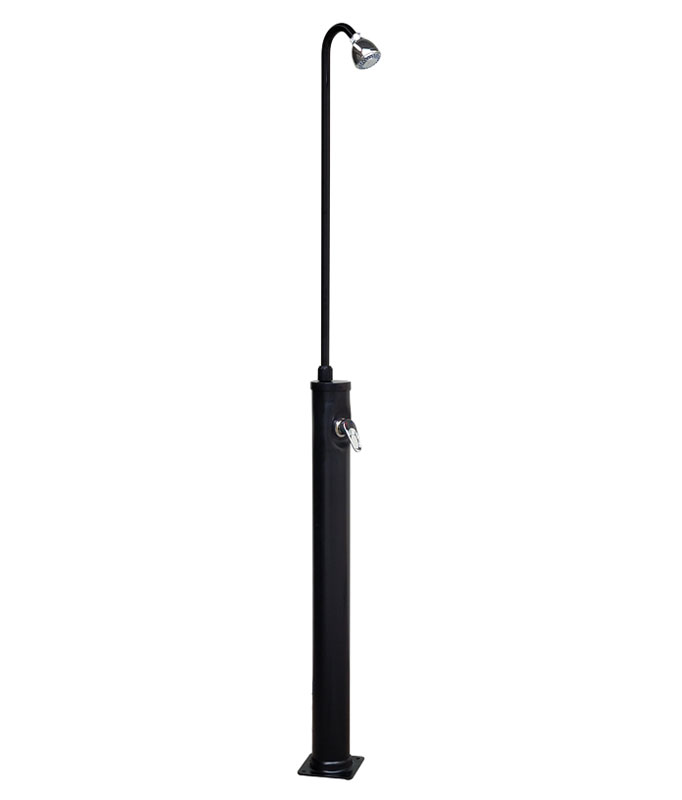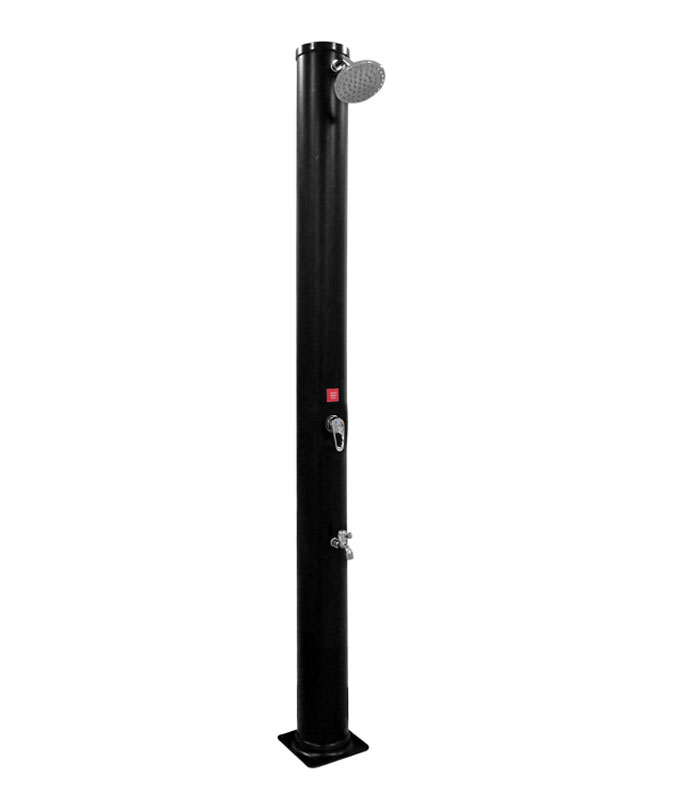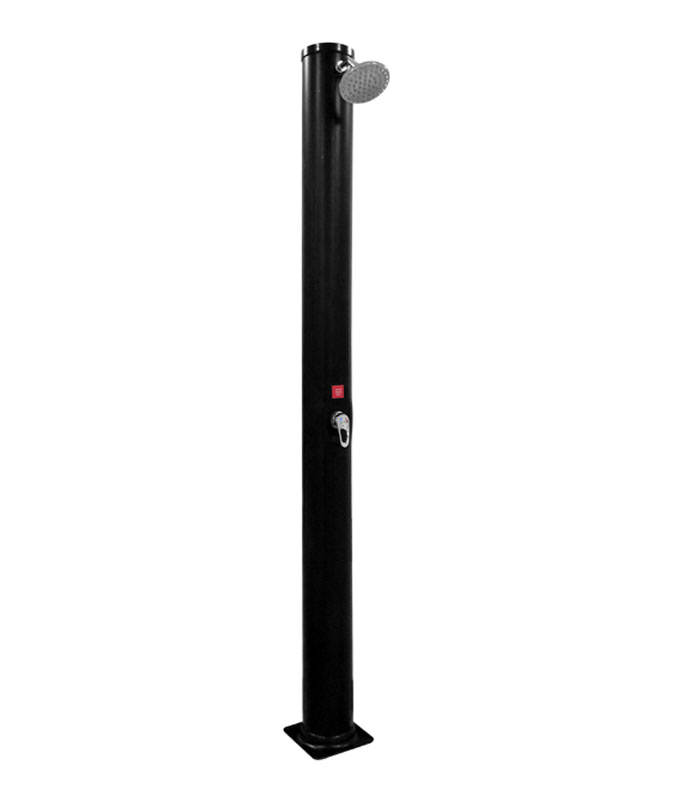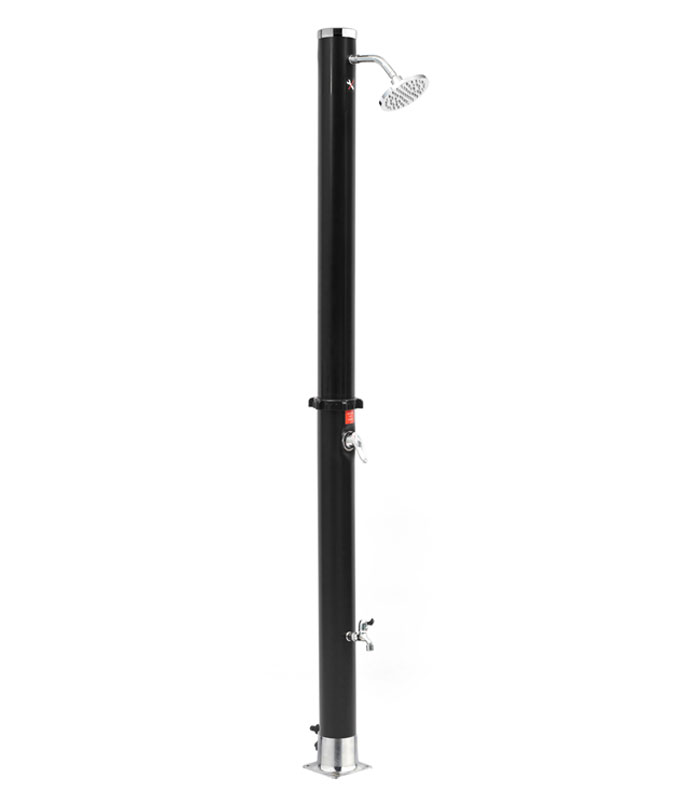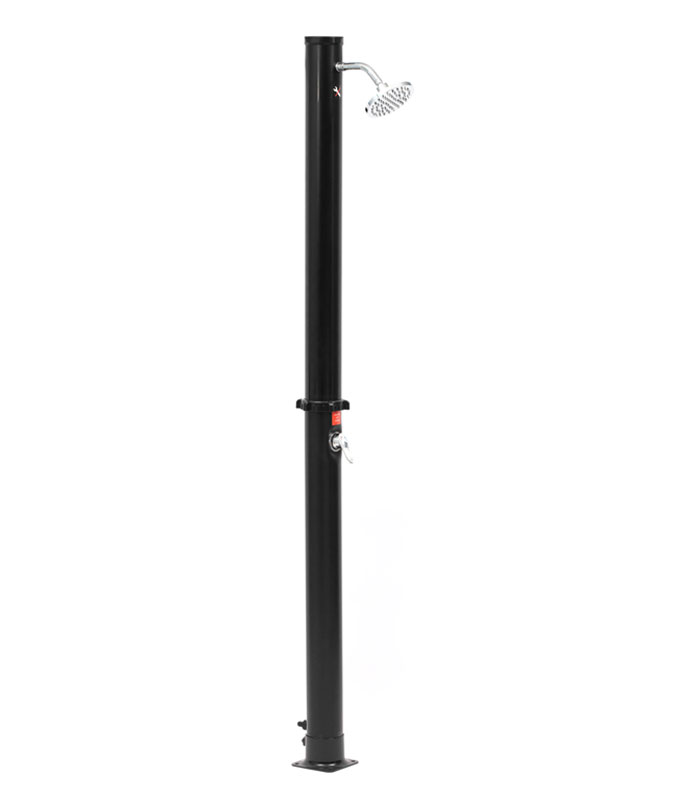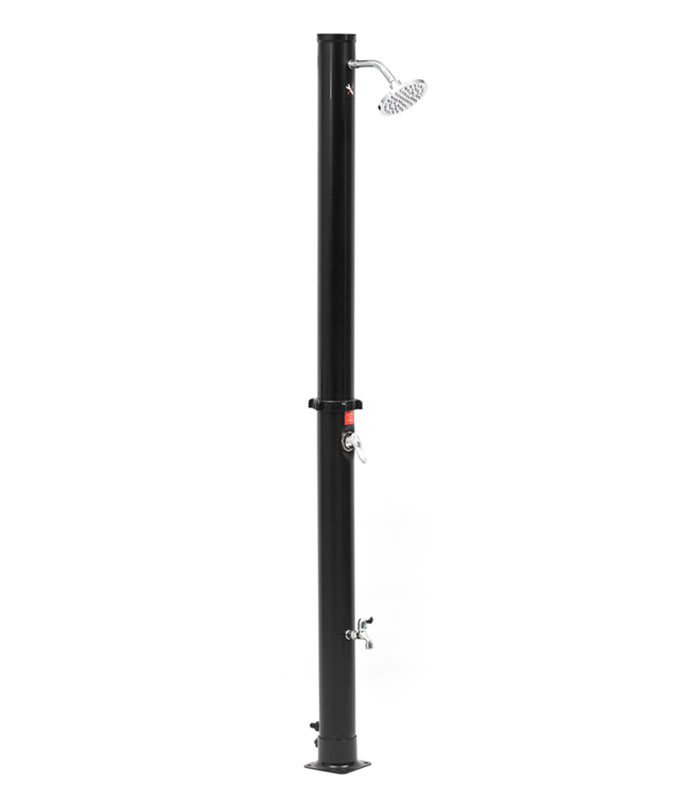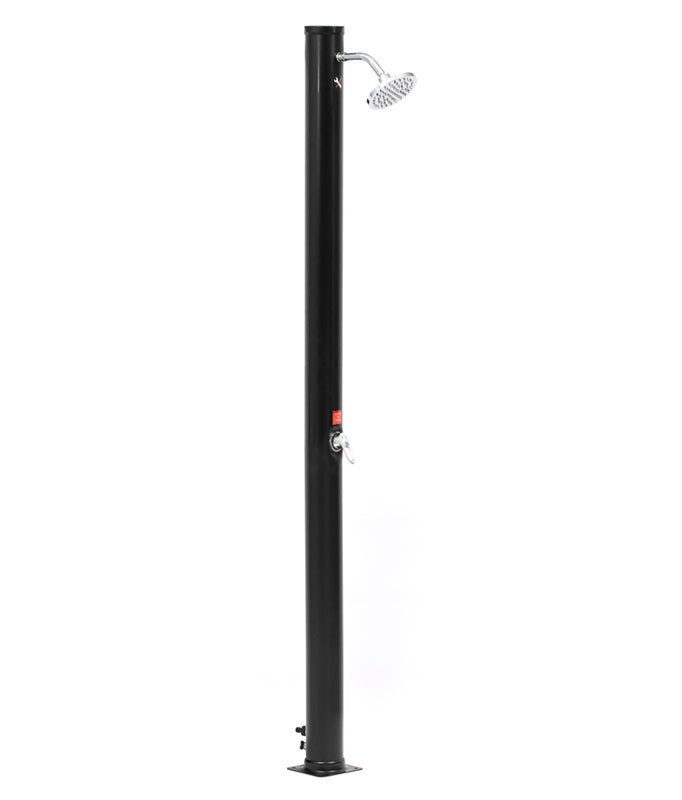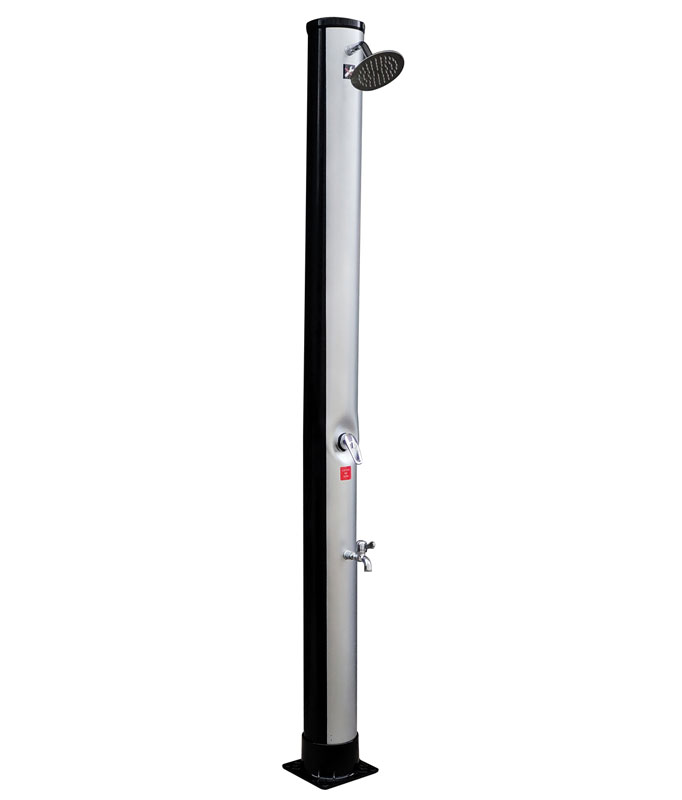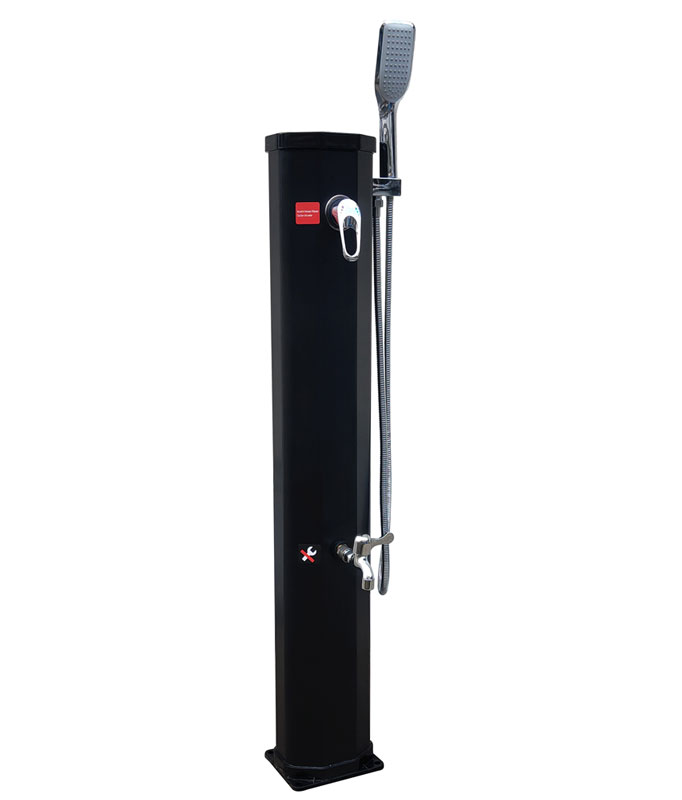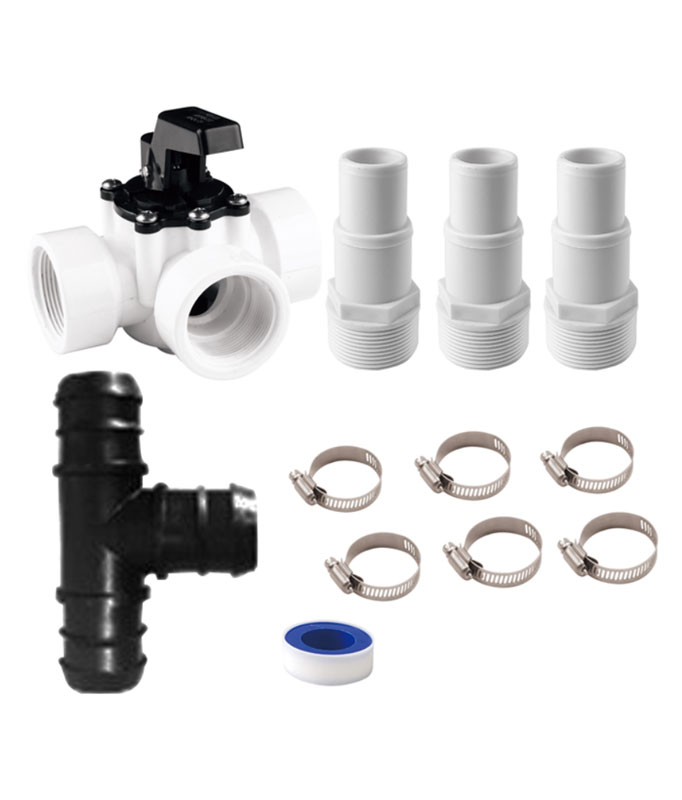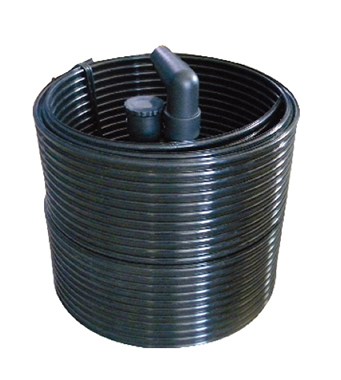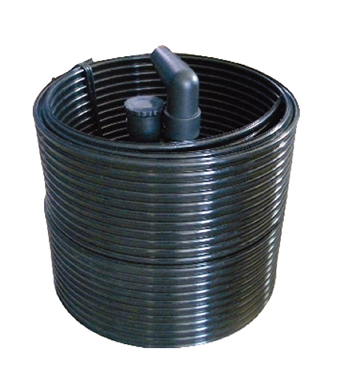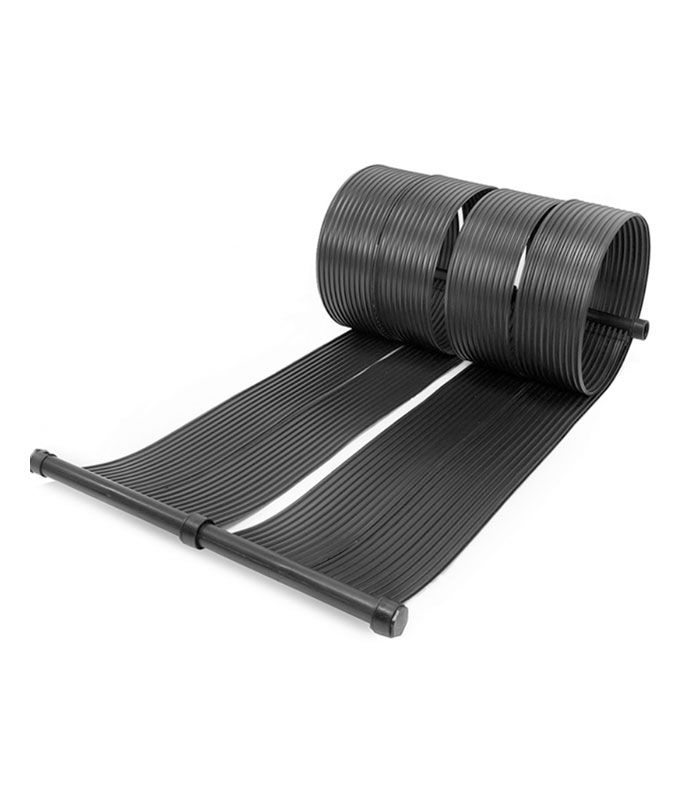Keeping your filter screens in top shape isn’t just a chore—it’s a smart move. Clean screens improve efficiency, save money, and last longer. Specialized tools make this job easier and more effective. To double the lifespan of the filter screen: Standardized processes for cleaning and drying are a game-changer. Explore tools like those at https://www.cnpoolstar.com/category/portable-pool-vacuum-cleaner-2.html to simplify maintenance.
Key Takeaways
- Taking care of filter screens helps them work better and last longer. This saves both time and money.
- Tools like ultrasonic cleaners and strong water sprays make cleaning easier and work better.
- Following set cleaning and drying steps is key to keeping filter screens working well for a long time.
Why Filter Screen Maintenance Matters
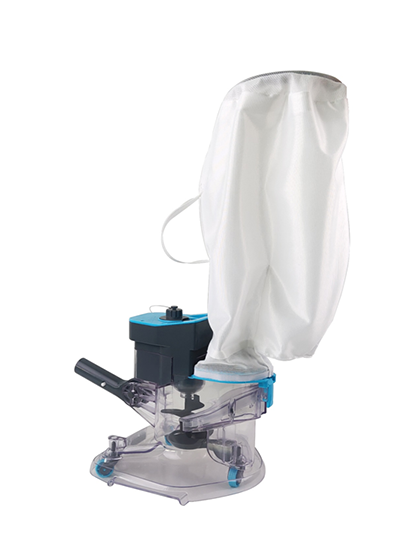
Benefits of Extending Filter Screen Lifespan
Taking care of your filter screens pays off in the long run. When you maintain them properly, they last much longer. This means fewer replacements and less hassle for you. Think about it—wouldn't you rather spend a little time cleaning than constantly buying new screens? By following standardized processes for cleaning and drying, you can double the lifespan of the filter screen. It’s a simple way to save time and money while keeping your equipment in great shape.
Impact on Efficiency and Performance
Dirty filter screens slow everything down. They block airflow or water flow, making your system work harder than it should. This wastes energy and reduces performance. Clean screens, on the other hand, keep things running smoothly. You’ll notice better efficiency, whether it’s in your HVAC system, pool, or industrial equipment. Regular maintenance ensures your filters do their job without putting extra strain on the system.
Tip: Set a reminder to check and clean your filter screens regularly. A little effort goes a long way in keeping things efficient.
Cost Savings from Reduced Replacements
Replacing filter screens can get expensive, especially if you’re doing it often. Proper maintenance helps you avoid this unnecessary cost. By cleaning and drying your screens the right way, you extend their lifespan and reduce the need for replacements. Over time, these savings add up. Plus, you’ll feel good knowing you’re getting the most out of your investment.
Top Tools for Maintaining Filter Screens in 2025
Ultrasonic Cleaners
Ultrasonic cleaners are a game-changer for filter screen maintenance. These devices use high-frequency sound waves to create tiny bubbles in a cleaning solution. The bubbles gently scrub away dirt, grease, and debris from even the smallest crevices of your filter screens. You don’t need to spend hours scrubbing by hand anymore. Just place the screen in the cleaner, turn it on, and let the machine do the work.
Tip: Choose a cleaner with adjustable settings. This lets you customize the cleaning intensity based on the type of filter screen you’re working with.
High-Pressure Washers
High-pressure washers are perfect for tackling stubborn grime. These tools blast water at high speeds, removing dirt and buildup quickly. They’re especially useful for larger filter screens or those used in industrial settings. You’ll save time and effort compared to manual cleaning methods.
When using a high-pressure washer, keep the nozzle at a safe distance to avoid damaging the screen. A washer with adjustable pressure settings gives you more control and helps protect delicate materials.
Filter Screen Cleaning Brushes
Sometimes, the simplest tools are the most effective. Cleaning brushes designed specifically for filter screens are affordable and easy to use. They come in various sizes and bristle types, so you can pick one that matches your screen’s material.
Use these brushes to scrub away dirt and debris manually. They’re great for smaller screens or for spot-cleaning areas that other tools might miss. Pair them with eco-friendly cleaning solutions for an even better result.
Automated Filter Cleaning Systems
If you want to take maintenance to the next level, automated filter cleaning systems are worth considering. These systems handle the entire cleaning process for you. They wash, rinse, and dry your filter screens with minimal effort on your part.
Automated systems are ideal for businesses or individuals who deal with multiple screens regularly. They ensure consistent cleaning and drying, which helps double the lifespan of the filter screen: Standardized processes for cleaning and drying make all the difference.
Eco-Friendly Cleaning Solutions
Eco-friendly cleaning solutions are a smart choice for maintaining filter screens. These products are designed to remove dirt and grime without harming the environment. They’re biodegradable and free of harsh chemicals, making them safe for you and your equipment.
Pair these solutions with ultrasonic cleaners or brushes for a powerful yet gentle cleaning process. You’ll keep your screens in top shape while doing your part to protect the planet.
Note: Look for eco-friendly solutions labeled as non-toxic and biodegradable. They’re better for your health and the environment.
Double the Lifespan of the Filter Screen: Standardized Processes for Cleaning and Drying

Importance of Proper Cleaning Techniques
Cleaning your filter screens the right way makes a huge difference. Using improper methods can damage the screen or leave behind debris that reduces its efficiency. Always start by removing loose dirt with a soft brush or a gentle rinse. For deeper cleaning, tools like ultrasonic cleaners or eco-friendly solutions work wonders.
Tip: Avoid harsh chemicals or abrasive tools. They might clean faster, but they can weaken the screen material over time.
Consistency is key. Make cleaning a regular habit, not just something you do when the screen looks dirty. This keeps buildup from becoming a bigger problem later.
Effective Drying Methods to Prevent Damage
Drying your filter screens properly is just as important as cleaning them. Leaving them wet can lead to rust, mold, or other damage. After cleaning, shake off excess water and use a soft, lint-free cloth to pat the screen dry. For a more thorough approach, use a low-heat dryer or let the screen air dry in a well-ventilated area.
Note: Never use high heat to speed up drying. It can warp or weaken the screen material.
By following these drying methods, you’ll protect your screens and help them last longer.
Benefits of Consistent Maintenance Practices
When you stick to a routine, you’ll notice the benefits almost immediately. Clean and dry screens perform better, save energy, and reduce the need for replacements. Over time, these small efforts add up, helping you double the lifespan of the filter screen: Standardized processes for cleaning and drying are the secret to long-lasting results.
A consistent schedule also makes maintenance easier. You’ll spend less time dealing with stubborn buildup and more time enjoying a system that works like it should.
How to Choose the Right Tool for Your Needs
Choosing the right tool for maintaining your filter screens doesn’t have to be complicated. With a little guidance, you can find the perfect match for your specific needs. Let’s break it down step by step.
Considerations Based on Filter Type
Not all filter screens are created equal. Some are delicate, while others are built to handle heavy-duty tasks. To pick the right tool, start by identifying the type of filter screen you’re working with.
- Fine Mesh Screens: These are common in HVAC systems and require gentle cleaning methods. Ultrasonic cleaners or soft-bristle brushes work best here.
- Industrial Screens: These are tougher and often used in factories or large-scale systems. High-pressure washers or automated cleaning systems are ideal for these.
- Reusable Pool Filters: These need tools that can handle water-based debris. Eco-friendly cleaning solutions paired with brushes or washers are a great choice.
Tip: Always check the manufacturer’s recommendations for cleaning your specific filter type. This ensures you don’t accidentally damage the screen.
Matching Tools to Water Type (e.g., hard water, soft water)
Water type plays a big role in how effective your cleaning tools will be. Hard water contains minerals that can leave residue on your filter screens, while soft water is gentler but may require more cleaning effort.
Here’s how to match your tools to the water type:
|
Water Type |
Recommended Tools |
Why It Works |
|
Hard Water |
Eco-friendly cleaning solutions + ultrasonic cleaners |
Removes mineral buildup effectively without scratching the screen. |
|
Soft Water |
High-pressure washers + cleaning brushes |
Handles debris without leaving streaks or residue. |
Note: If you’re dealing with hard water, consider using a descaling solution to prevent mineral deposits from clogging your filter screens.
Budget-Friendly vs. Premium Options
Your budget matters when choosing tools, but you don’t always have to spend a fortune to get great results. Here’s a quick comparison to help you decide:
- Budget-Friendly Tools:
- Cleaning brushes: Affordable and effective for manual cleaning.
- Eco-friendly solutions: Cost-efficient and safe for most filter screens.
- Portable high-pressure washers: Compact and less expensive than industrial models.
- Premium Options:
- Ultrasonic cleaners: Higher upfront cost but saves time and effort.
- Automated cleaning systems: Perfect for businesses or frequent users.
- Adjustable high-pressure washers: Offers more control and durability.
Question to Ask Yourself: Do you need a tool for occasional use or regular maintenance? If it’s the latter, investing in premium options might save you money in the long run.
By considering your filter type, water conditions, and budget, you’ll find the tool that fits your needs perfectly. Take your time, weigh your options, and choose wisely—you’ll thank yourself later!
Tips for Maximizing Filter Screen Lifespan
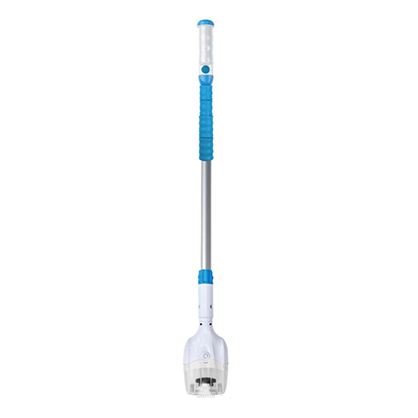
Regular Cleaning and Inspection
Keeping your filter screens clean and inspecting them regularly is the easiest way to extend their lifespan. Dirt and debris can build up quickly, reducing efficiency and causing wear. Make it a habit to check your screens weekly or monthly, depending on how often they’re used.
Tip: Use a flashlight to spot hidden dirt or damage during inspections. It’s a quick way to catch problems early.
When cleaning, stick to tools like soft brushes or ultrasonic cleaners. These remove grime without harming the screen material. Regular maintenance ensures your screens stay in top shape and perform at their best.
Proper Storage and Handling
How you store and handle your filter screens matters more than you think. Mishandling can lead to bends, tears, or other damage. Always store your screens in a clean, dry place away from direct sunlight or moisture.
If you need to move them, hold them by the edges to avoid putting pressure on the mesh. Proper storage and handling prevent unnecessary wear and help double the lifespan of the filter screen: Standardized processes for cleaning and drying play a big role here.
Using Compatible Cleaning Products
Not all cleaning products are safe for filter screens. Some contain harsh chemicals that can weaken the material over time. Always choose products labeled as compatible with your screen type. Eco-friendly solutions are a great option—they’re gentle yet effective.
Pairing the right cleaning product with the right tool, like a brush or ultrasonic cleaner, ensures a thorough clean without causing damage.
Monitoring for Wear and Tear
Even with the best care, filter screens can wear out over time. Keep an eye out for signs like frayed edges, holes, or reduced performance. Catching these early lets you repair or replace the screen before it causes bigger issues.
Note: If you notice frequent wear, it might be time to adjust your cleaning routine or switch to a more durable screen material.
By following these tips, you’ll maximize your filter screen’s lifespan and save yourself time and money in the long run.
Maintaining your filter screens is essential for better performance, cost savings, and longer lifespan. Tools like ultrasonic cleaners, high-pressure washers, and eco-friendly solutions make the job easier.
Take Action: Choose the right tool for your needs and start a consistent maintenance routine today. Your filter screens—and wallet—will thank you!
FAQ
What’s the best tool for cleaning delicate filter screens?
Ultrasonic cleaners are your best bet. They clean gently yet thoroughly, making them perfect for fine mesh or fragile screens.
How often should I clean my filter screens?
Clean them at least once a month. If you use them heavily, check and clean weekly to maintain efficiency.
Can I use regular soap to clean filter screens?
Avoid regular soap. It may leave residue or damage the screen. Use eco-friendly cleaning solutions designed for filter maintenance instead.
Tip: Always follow the manufacturer’s cleaning recommendations for the best results.

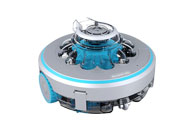 Robotic Pool Cleaner
Robotic Pool Cleaner 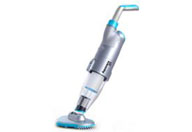 Portable Pool Vacuum Cleaner
Portable Pool Vacuum Cleaner 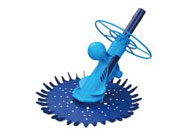 Automatic Pool Cleaner
Automatic Pool Cleaner 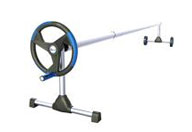 Pool Cover Reel
Pool Cover Reel 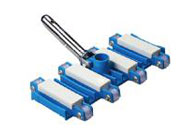 Pool Cleaning Accessories
Pool Cleaning Accessories 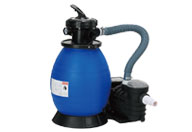 Pool Filter Pump
Pool Filter Pump 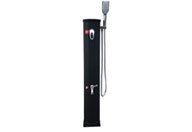 Pool Solar Shower
Pool Solar Shower 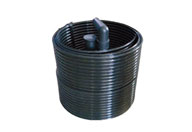 Pool Solar Collector
Pool Solar Collector 